RCA Cable Color Codes: Origin, Naming & Uses Explained
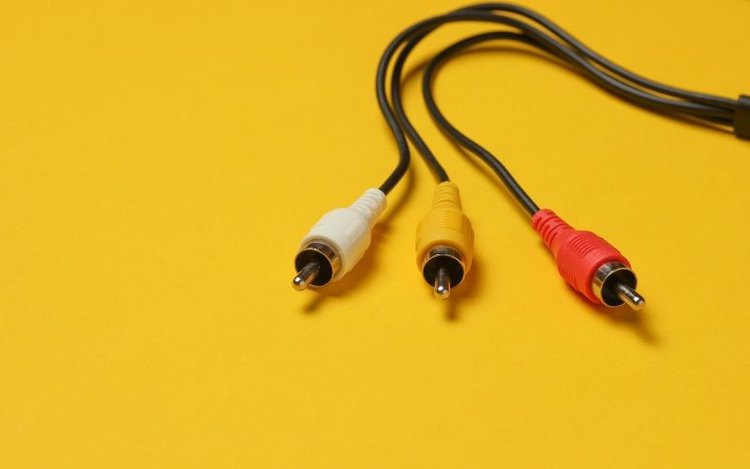
What To Know
- Red and white connectors are for stereo audio (right and left channels, respectively), and the yellow connector is for composite analog video.
- 5-RCA cables feature blue, green, and red connectors for component video signals, providing enhanced video quality, including HD up to 1080p.
This guide delves into the origins, naming conventions, and practical uses of RCA cable color codes, shedding light on the purpose behind the familiar red, white, and yellow connectors.
We will explore how RCA cables maintain their relevance and efficiency in today’s technology landscape.
Keep reading for answers to know everything else about RCA cords.
Quick Navigation
RCA Cable Colors and General Design
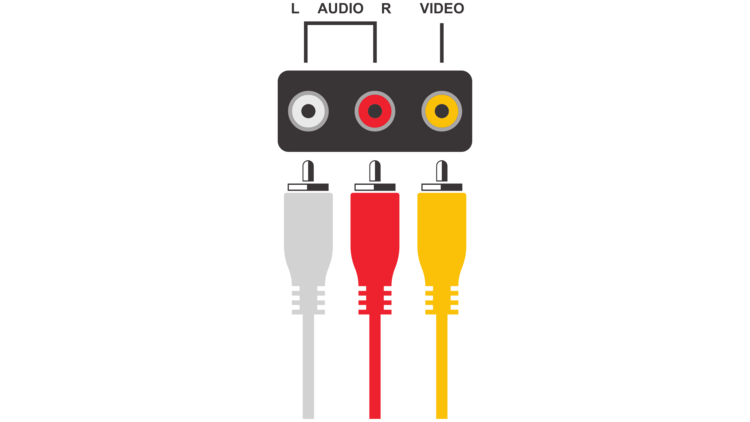
RCA cables are known for their colored connectors. They are usually two or three in number, colored white, red, and yellow.
If the cable has red and white connectors, like this Monoprice Two-Channel Audio RCA Cable , it supports only audio—for instance, in a stereo speaker system.
The red connector supports the right channel, and the white male jack supports the left channel, creating the stereo audio effect. It’s never the other way around, for consistency purposes. The white connector could be black at times, however.
Add a yellow connector to the mix, and the RCA cable becomes audio/video-capable—with the yellow male jack supporting composite analog video, like this Pasow 3 RCA Cable .
There are also 5-RCA cables, meaning five connectors bundled on each end, such as the Cmple 5-RCA Male to 5-RCA Male Component Audio Video Cable .
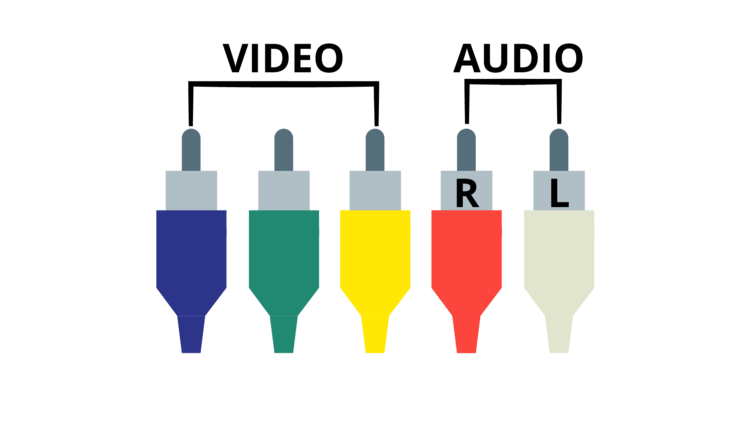
As usual, the red and white connectors in a 5 RCA cable support the audio function. The remaining three connectors (blue, green, and red) transmit component video signals alone.
The green connector carries picture brightness data, and the blue and red connectors provide color information.
Thanks to splitting the video signal into three discrete signals, component video could do HD video transmission (up to 1080p). Besides increased sharpness, the component video image quality is overall better.
There are also RCA cables with more than five connectors—for instance, this Recoil RCI617 6-Channel RCA Audio Cable .
RCA cables could also have an HDMI or AUX male connector at the other end, like this Amazon Basics 3.5mm AUX Male to 2 RCA Male Audio Cable .
Since HDMI uses digital signals and RCA uses analog, you’d need a converter to bridge the signal language difference between the two or connect RCA input to HDMI output.
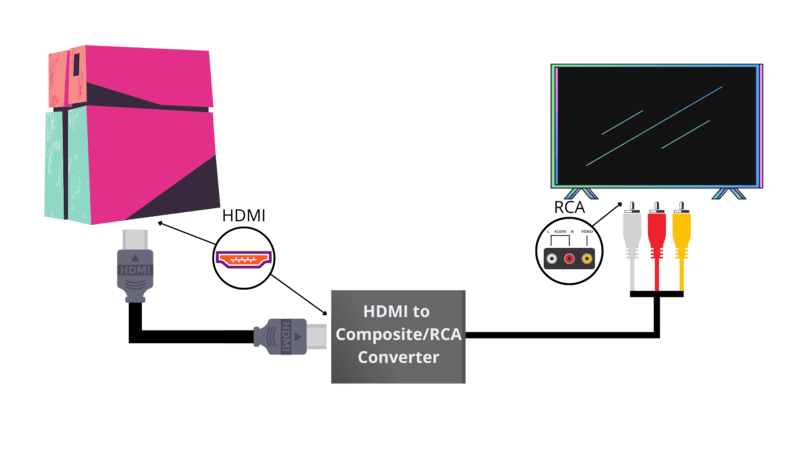
Here’s one we recommend: ABLEWE RCA to HDMI Converter . The particular device converts analog RCA input to HDMI output. It’s plug-and-play and requires no additional drivers to work.
What are the female RCA ports like? The corresponding female jacks the connectors plug into have matching colors to help with identification. The female jack has a metallic outer circle with a colored inner circle.
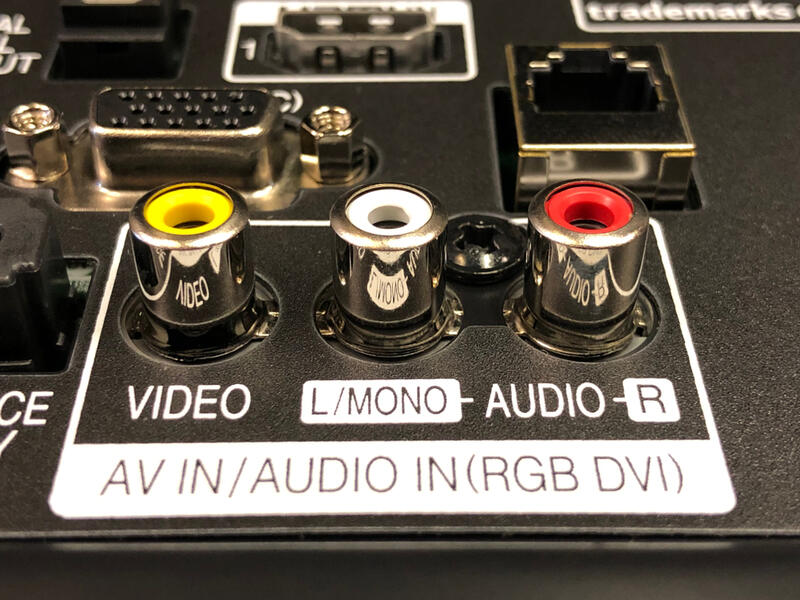
Some output devices may not have the yellow female port. Instead, they could have a “video in” port.
To connect, push the male jack into the female one. The female connector ring has a marginally smaller diameter than the male jack so that the latter can overlap or fit over the female plug snugly.
Good quality RCA cables have no fitment issues or stay plugged in. A loose connection could cause a loud buzz or hum, but the signal won’t break. If the yellow connector is sloppy, colors could appear black and white.
RCA Cable: Origin, Naming, Uses, etc.
The RCA connector derives its name from Radio Corporation of America, an electronics company that developed the RCA cable design during the 1930s.
RCA cables were initially designed to link radio receivers to phonograph tables. Therefore, it’s also called the “phono connector.”
The original or quarter-inch phonograph connectors used before were thick and big and expensive to make. RCA cables supplanted them due to their low costs and bulkiness. Not to mention, RCA wires were a lot easier to unhook from their ports.
Over the years, RCA cables and connectors have undergone multiple refinements and advancements without ceasing to be backward-compatible.
In the beginning, RCA cables were used to transmit audio signals. Over a period, like with several other connectors, RCA connectors are now used as RF connectors, DC power connectors, loudspeaker cable connectors, etc.
Are RCA Cables Still in Use?
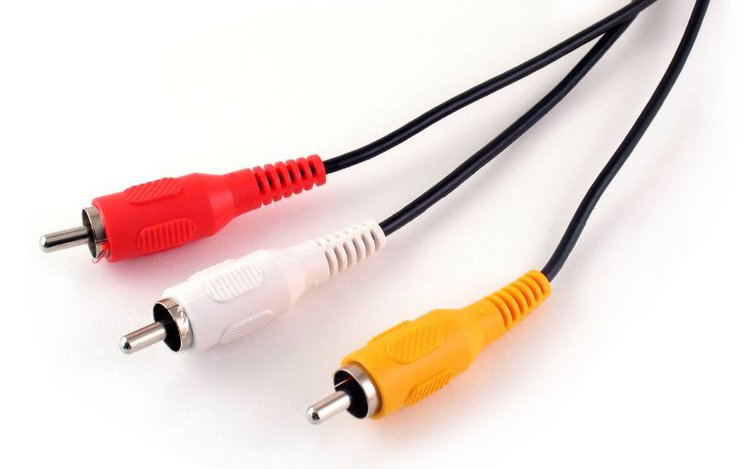
As alluded to earlier, HDMI is a more modern, convenient, and ubiquitous audio-video interface. Does that mean RCA cables are no longer required?
Not exactly. Although RCA cables have lost their charm significantly, they are still not antiquated, and there are a couple of good reasons for that.
First, RCA cables are cheaper than HDMI. Second, many audio enthusiasts still swear by RCA for sound (pun intended) audio output.
RCA cables are particularly handy with high-end camcorders that have three RCA jacks. The signal transfer via the separate channels lends to high-quality transfers. RCA cables also help connect amplifiers to various kinds of devices.
On the video front alone, however, RCA has limited functions. Composite RCA cables support a maximum video resolution of around 480i—which is fine for watching classic movies on a VCR or playing retro games but cannot keep up with current video requirements.
Although component video can support 1080p+ resolutions, the five-connector cable is cumbersome. Those prongs were a major reason why component video wasn’t a big hit and didn’t stick around.
Unfortunately, the future also looks bleak for RCA cables, thanks to its design, which renders it tricky and costly to make them genuinely high-quality or provide them the shielding HDMI and similar modern cable designs can embrace.
In other words, there doesn’t seem to be an upgrade path to undo all the existing design flaws and make them more contemporary.
Conclusion
The RCA cable is going out. But don’t be sad, for it has had a long, eventful run.
But there’s still some time before the connector goes out of service entirely, thanks to the several audio-video junkies who prefer them over HDMI cords.
HDMI is not as synonymous with audio as RCA is. Plugging the connectors individually into the rear of an AV receiver or TV invokes a sense of satisfaction that’s hard to articulate.
Since RCA cables will be around for some time, it’s still worth getting familiar with the connectors, especially if you’re an audiophile.
Even if RCA cables were extinct, knowing a slice of history and how it all started won’t hurt.
Catherine Tramell has been covering technology as a freelance writer for over a decade. She has been writing for Pointer Clicker for over a year, further expanding her expertise as a tech columnist. Catherine likes spending time with her family and friends and her pastimes are reading books and news articles.

